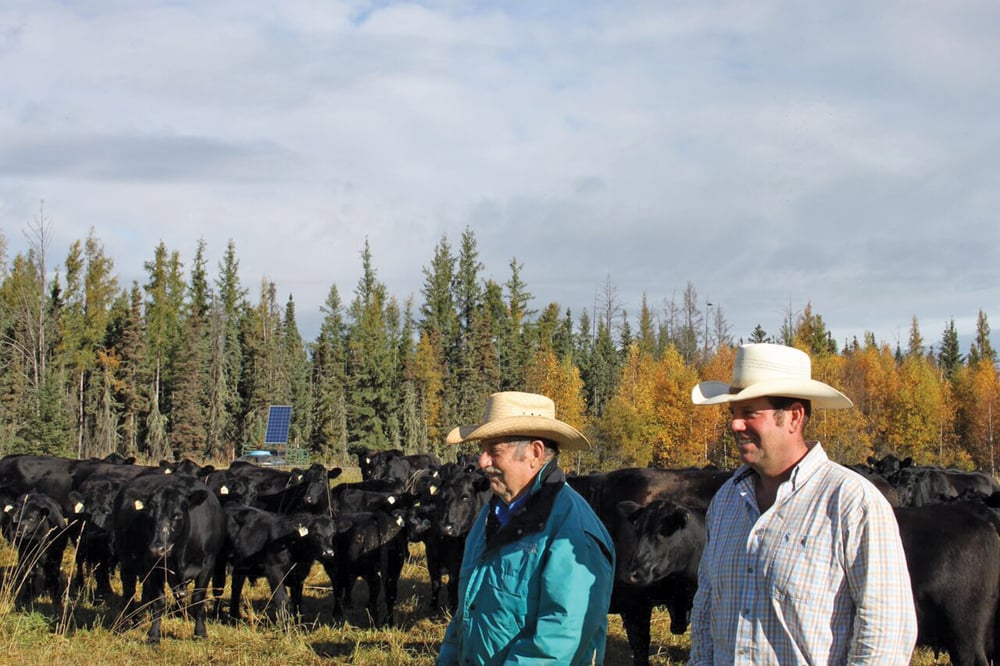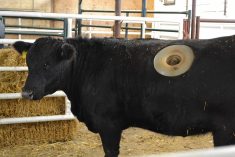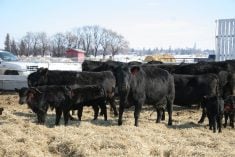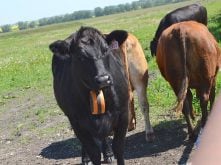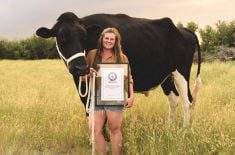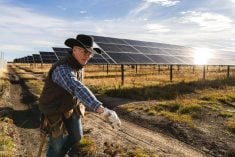Everything changed for Tom Thompson of Winding Creek Ranch when he attended the West Central Forage Association’s AGM in 2003.
That was when the Mayerthorpe-area rancher learned about grazing principles that led to him winning Alberta Beef Producers’ 2017 Environmental Stewardship Award.
“Kit Pharo (an American rancher who spoke at the meeting) was the one who started this all for me,” said Thompson, who runs a cow-calf and feeder operation with father Ron and son Cole.
“He started explaining about matching the cycle to nature and resting the grass during the growing season.”
To this day, a lot of producers aren’t interested in intensive grazing, which requires moving cattle frequently. But it’s well worth the effort, said Thompson.
“You can get 50 to 200 per cent more forage growth by doing these practices. Why wouldn’t you do this? It’s like someone giving you a couple of extra quarters of land that you don’t have to buy or fence or pay taxes on.”
The Thompsons, who will be calving 200 females this spring, run all the cattle together on grass so they have higher stock density and more land resting. They move cattle every day throughout the grazing season by using electric fencing, and bale graze in winter.

Their ranch is also designed to run on low inputs and Thompson was an early adopter of the Environmental Farm Plan, completing his assessment in 2004. That enabled him to secure Growing Forward funds to fence off waterways and install solar-powered watering systems.
“It keeps the water cleaner and the animals have their feet dry,” he said. “You see so many times where these animals run over these banks and they tear the soil, and that’s where the weeds start. Then they blow all over the country.”
Thompson also matches the forage cycle to the cattle production cycle.
“We know that a lactating cow will take more feed than a dry one. We know that grazing is 50 per cent cheaper than prepared feed. We’re just matching this all up,” he said.
Read Also
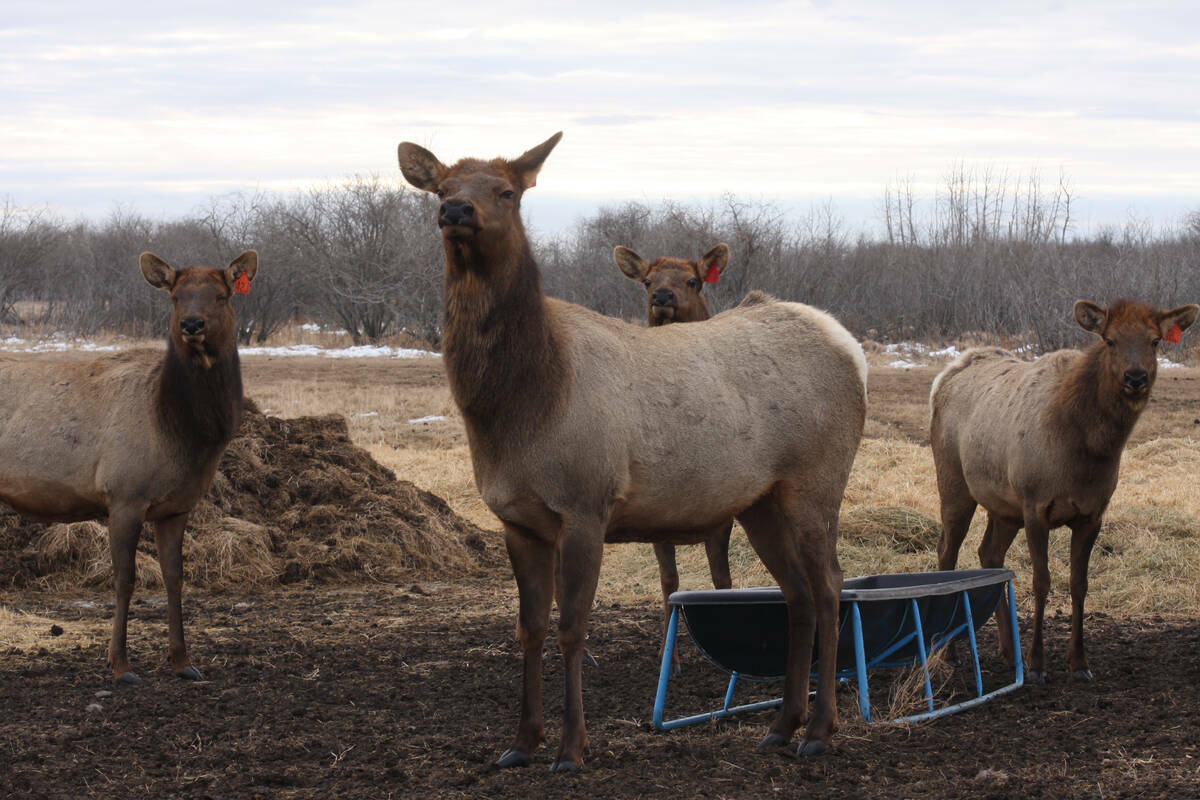
Cervid harvest preserves to be developed in the province under Bill 10
The Government of Alberta has given approval for creation of cervid harvest preserves.
“These are little tools that help you run a little bit of a better ship. We work in sync with nature, using grass management and water development; recycling nutrients; and no animals shoved in pens anymore. That’s basically what we’re doing in a nutshell.”
Since the cattle are on fresh forage every day during the grazing season, they receive better nutrition and grow faster. Having a lot of cattle in a paddock ensures plants get stepped on, bitten down, and receive valuable nutrients from manure and urine.
“Then we move them out of there and the area has a proper rest period, so we can have the residual (grass) that we want, even if it doesn’t rain,” said Thompson. “We can’t control how much rain comes on our ranch, but we can control how much comes off of it. Even the dews in the morning, when you have the residual there, you will be holding moisture.”
The ranch’s grazing systems are well suited to smaller, hardier animals.
“The bigger, framier ones work better on a different program, like a ration in a feed yard with silage, hotter feeds, and grain,” he said. “If you have a smaller, hardier animal, it has more capacity and works better on a forage operation like this.”
Thompson purchased the land to create Winding Creek Ranch in 1985. Since his initial involvement with the West Central Forage Association, he’s taken numerous courses and workshops on ranching, including a holistic management course.
“This is not something you go for a weekend course on, and then you’ve got it all figured out,” he said. “Once you’ve finished a step, you can start another step.”
Thompson likes to experiment with his management, but talks to other producers and does intensive research before he makes changes.
“No one wants to jump feet first into a wreck, especially when you’re in a management role and there are people around you who are affected,” he said. “The last thing you want is some kind of mistake. If this happens, if it’s a small little thing, then we can fix it, but if you have a huge wreck that can be devastating.”
Ranchers are nominated for ABP’s Environmental Stewardship award, now 25 years old, by their peers. Thompson was nominated by the West Central Forage Association.


